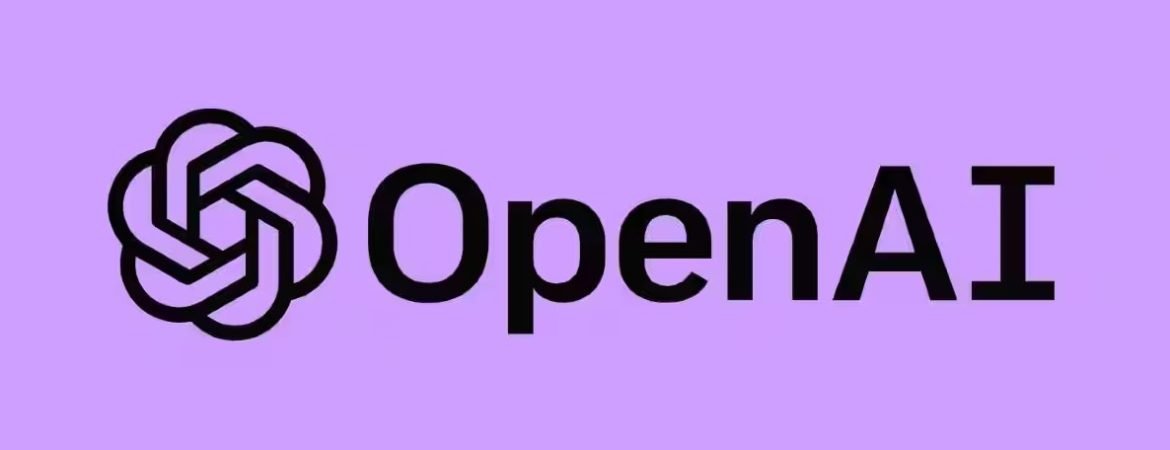Could an AI Anchor Be The Next Step In News And Journalism?
A Revolution in News Delivery In an age of rampant digital deception exemplified by “deep fakes,” the introduction of AI avatar news, dubbed “Deep Real,” heralds a contrasting commitment to truth, transparency, and journalistic integrity. Deep Real vs. Deep Fake: A Contrast in Intention Deep fakes, notorious for deception, find their antithesis in Deep Real. Here lies a genuine embodiment of journalism, which, powered by technology, champions truth and integrity over manipulation. Building Trust in an AI-driven Era Fears surrounding the misuse of AI-generated avatars—particularly using images of journalists without consent—have been fanned by popular culture. Episodes like Black Mirror’s “Joan Is Awful” highlight potential dystopian scenarios. Yet, if wielded with responsibility and rigor, AI can amplify transparency in journalism, building trust in ways we’ve yet to fully realize. Beyond Traditional Journalism with AI Deep Real avatars can break conventional news boundaries, allowing for clearer, more globally-reaching reporting. These digital representations don’t undermine human roles. Instead, they empower journalists to delve deeper into investigative and analytical aspects of their profession. Automated processes free human resources to engage more intimately with sources, enhancing the quality and depth of news stories. Ethics and Integrity in AI Journalism Ensuring ethical AI journalism requires clear guidelines and industry standards. Full transparency is essential, making audiences aware when they’re interacting with AI avatars rather than humans. News outlets must maintain unwavering accountability for content, emphasizing rigorous fact-checking and quality control. The Bright Future of Journalism with AI AI heralds not an end, but a renaissance for journalism. It offers the chance to democratize news access, tailor storytelling, and magnify the voices of journalists. Deep Real stands as a testament to the fusion of human creativity and technological progress, driving us towards an era of boundless storytelling potential.Conclusion: Incorporating Deep Real responsibly into journalism paves the way for enhanced connection, inclusivity, and impact. This momentous shift challenges us all—journalists, news outlets, and society—to uphold the age-old principles that have steered journalism, ensuring that as the medium evolves, its core remains unshaken.






